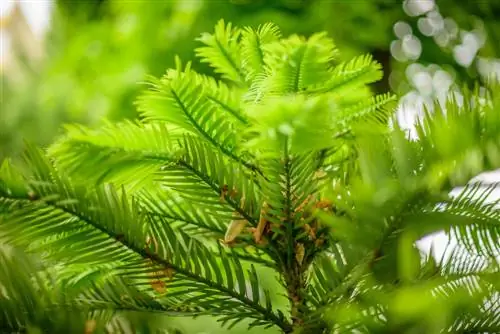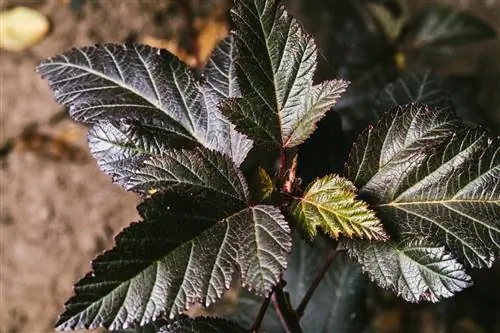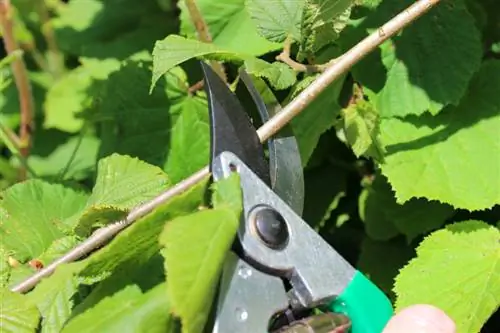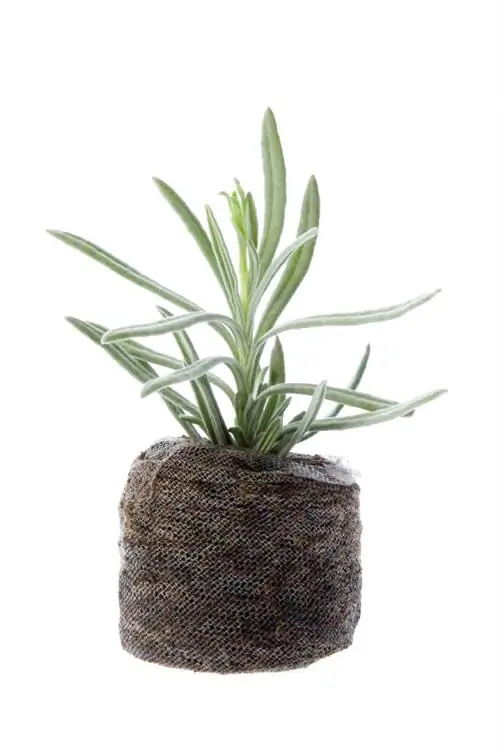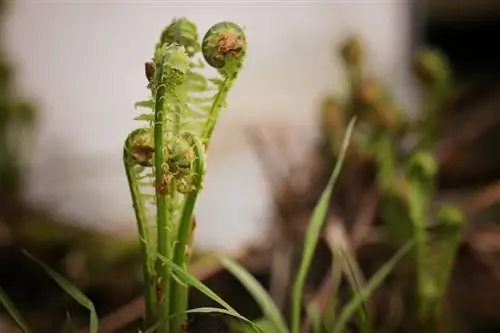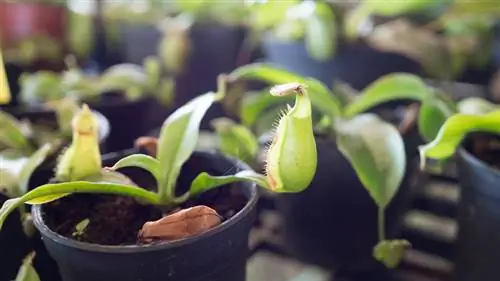- Author admin [email protected].
- Public 2024-01-10 23:11.
- Last modified 2025-01-23 11:22.
The conifer species Wollemia nobilis is unknown to most people. There is an incredible story behind this plant. In this article, take a journey into the past and into the future at the same time. Because thanks to the propagation of cuttings, botanists have managed to preserve this ancient tree to this day.
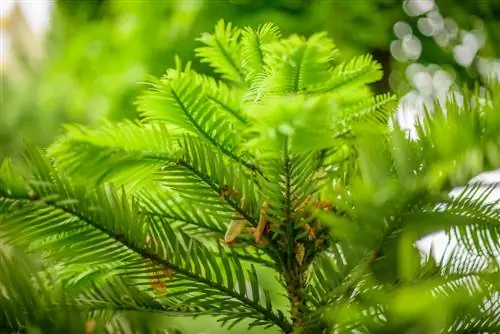
How to propagate Wollemia nobilis by cuttings?
To successfully propagate Wollemia nobilis with cuttings, separate young shoots from the mother plant, plant them in potting soil and provide optimal growth conditions. This allows the unique properties of the ancient tree to be 100% preserved.
A conifer from another time
The Wollemia nobilis is not a conifer like any other. If trees could tell stories, this plant would be able to tell what the world looked like 200 million years ago. Botanists estimate that this is the age of the tree, which was discovered in Australia in 1994.
It was a sensational find. On the one hand, this type of conifer was completely new to scientists, and on the other hand, up to this point they believed that trees that had already existed during the time of the dinosaurs had long since become extinct.
It was all the more important to the researchers to continue the plant's existence. Fortunately, the attempt to take cuttings from the conifer and grow them in large quantities was successful. Although the popularity of Wollemia nobilis is by no means declining, it has now lost its rarity. Thanks to the effective multiplication with cuttings, it is now marketed all over the world.
Facts about Wollemia nobilis
- belongs to the Araucaria family
- grows up to 35 m high
- nowadays only found in the wild in the southern hemisphere
- forms reddish orange inflorescences
- the flowers are monoecious, so a Wollemia nobilis has male and female flowers
- slim crown
- Bark is covered with bubbles
- carries up to 8 cm long, rounded needles
- the seeds in the cones mature after two years
- they provide a food source for birds and mice
The crucial role of cuttings
From the list above, Wollemia nobilis also forms seeds. These were also suitable for propagation. But why do botanists prefer the cuttings variant?The advantage of this type of propagation is that the subsequent generation resembles the mother plant down to the smallest detail. The amazing properties of this tree, which has existed for 200 million years, can therefore be preserved one hundred percent. This guarantee is not given when propagating by sowing. Mutations can definitely occur.

